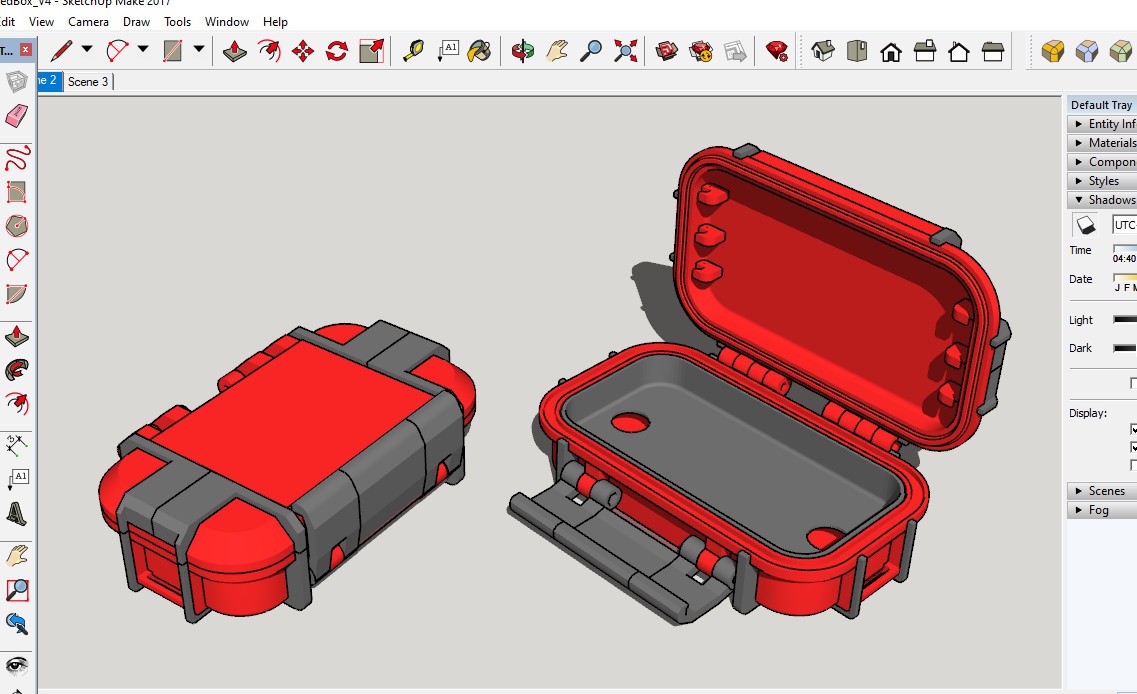We're back to the drawing board. After a 12 hour test using the silicone aquarium tubing as a seal and without any water entering the case while fully submerged, we tried a 24 hour test.

The results were disappointing. A small amount of water had leaked in. Worse still is that a second test at just 1-2 hours showed similar results. So unless the tubing is just right, water will get in. This is hardly a solution for what should be a reliable system especially if we're going to make new boxes in the future or if anyone else wants to make these.
So we're back to trying 3M silicone sealant. This time we very carefully laid it down, ensuring it fully fills the groove. We will give it a full 3 days or maybe even a week to cure before testing. We're also looking into other types of silicone sealant, making the groove wider/deeper to accept more silicone sealant, and testing some other lid-ridge designs to interface with the silicone seal.

In the meantime we're designing an updated version of this case that will be further optimized for actual use (rather than a testbed for waterproofing). It includes a tray to further divide the internal volume and external braces to primarily reduce the amount of surface area in direct contact with the ground or objects placed on top of it. This helps create friction and reduce slipping especially when placed on wet, smooth surfaces like a kitchen or bathroom counter.
Follow me on Instagram for regular updates, or visit my blog here for much less frequent updates.
 ProgressTH
ProgressTH
Discussions
Become a Hackaday.io Member
Create an account to leave a comment. Already have an account? Log In.